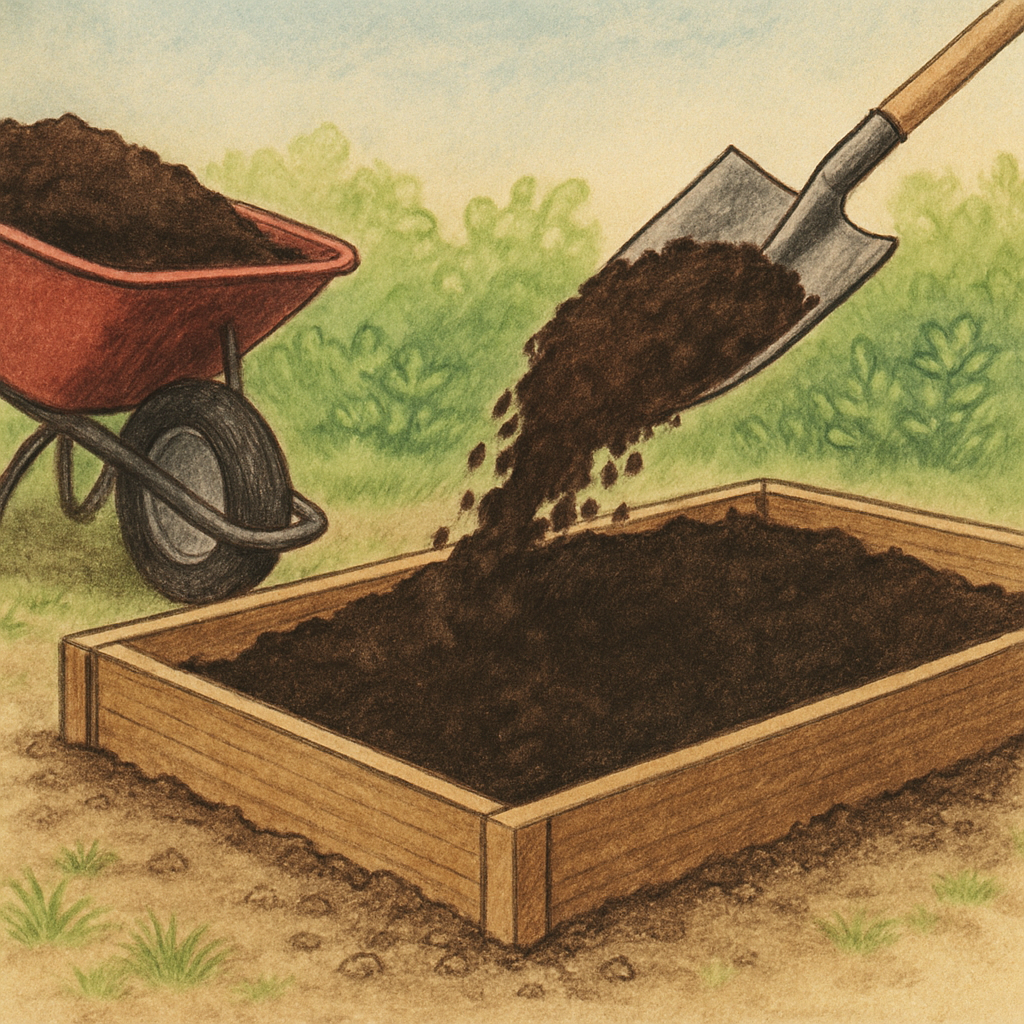Interlocking pavers might not be something you’ve ever thought about before, but if you’re making a surface choice for a high traffic area, you need to consider an interlocking system. Here’s what you need to know about these heavy lifters of the paving world.
What are interlocking segmental paving systems?
Interlocking segmental paving systems, as they sound, are a method of paving where the pavers interlock tightly to provide a strong and stable surface. They are specifically engineered for high volume traffic and are able to withstand heavy loading and usage.
The typical interlocking paver is made with a zig zagging edge that enables it to fit together tightly and lock strongly with its neighbouring pavers; although it also comes in a brick-shaped paver that is suitable for heavy loads when laid correctly.
This type of installation is super strong yet flexible, enabling it to easily withstand the action of vehicles – parking, accelerating, braking etc.
The use of interlocking concrete paving systems has grown considerable in Australia over the past 30 years or so. Nowadays, interlocking pavers are often specified for industrial pavements due to their proven load carrying capabilities and extended lifespan.
They are strong and durable and comply with all regulations and requirements, making them the best choice for high use, high traffic areas. They ensure the vitality and stability of a paved area, and provide a clean, crisp look as well.
Advantages of Interpave pavers
Interpave pavers are widely used because they provide:
- Outstanding heavy load performance
- Excellent skid resistance and a very safe surface
- Fast and cost-effective installation with machine laying capabilities
- A low maintenance surface
- Proven durability and long-lasting use
- An easy to repair surface, with no cutting required
- Long-lasting colours derived from high quality oxide pigments
- Good cost-effectiveness
- Resistance to fuel stains etc.
- Resistance to extreme heat
- Flexible access to services
Interpave out-performs traditional concrete or asphalt pavements, due to the very nature of the interlocking system. The greater the turning load that is applied to the pavers, the
stronger they interlock. They are far quicker to install than comparable materials such as poured concrete or asphalt, which can take days to cure completely and require a great deal of preparation. Depending on the size of the area, an interlocking pavement can be installed in just a day or two, and can be used immediately once the installation process is complete.
As well, it’s a simple process to remove a cracked or stained paver, which can then be easily replaced with a new one – a convenient feature in areas of high use. And when properly cared for, an interlocking pavement system can last for years without any fuss, and will increase the value of your property as well.
Where are Interpave pavers commonly used?
- Roadways
- Driveways
- Areas frequented by heavy vehicles
- Airports
- Ports
- Car parks
- Container terminals
Interpave is ideal for large carpark areas, hardstands, driveways or any application that needs to withstand heavy vehicle loading. A herringbone pattern is recommended to maximise pavement strength and resistance to turning forces.
Where can you buy Interpave pavers?
National Masonry is Australia’s leading retailer of Interpave paving systems, and what’s more, they’re manufactured locally to strict Australian standards. Find your pavers here:



